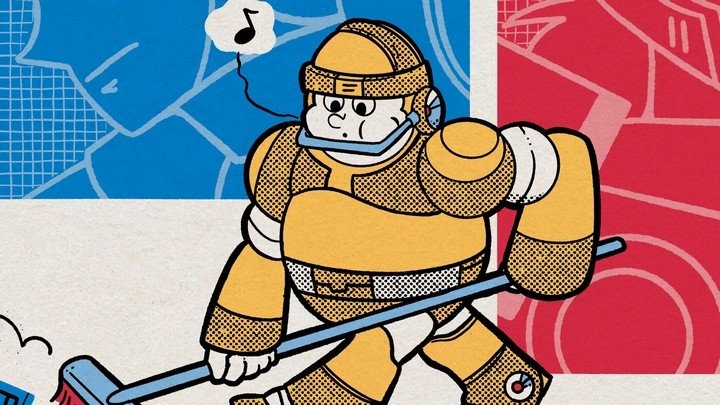All Together Then: Alex Kidd in Various Worlds
Following Sega's macrotous mascot on Master System
I've written about Alex Kidd before, but the series on Master System goes further than just Alex Kidd in Miracle World. Sega's former mascot replaced Fantasy Zone star Opa-Opa, but was in turn replaced by Sonic the Hedgehog, for his hubris. It's been a good long while since we've seen him, outside of his hosting role on the Switch's terrific Sega Ages titles. But now it's time to pay him his due, in a very special Alex-themed All Together Then. Well, it's somewhat special, anyway.
Note: I have not included Alex Kidd BMX Trial, because I despise bicycles. Thank you.
Second note: It's Alex Kidd, not "Alex the Kidd", you imbeciles.

Alex Kidd in Miracle World (1986)
An auspicious start for our large-lugholed chum, Miracle World is a sprawling, challenging adventure that marries difficult, demanding platforming with a variety of traversal options (Motorcycles! Boats! Helicopters!) to craft a shockingly diverse, thrillingly memorable gaming experience. It shows its age in some of its more esoteric puzzles - the secret of the Rosetta Stone's unlocalised right-to-left symbols being the most jarring - but overall it's still a lot of fun to play even today. The Rock-Paper-Scissors based combat is extremely unusual but turns into more of a test of reflexes than a luck-based challenge once you acquire the Telepathy Ball item. Or, you know, just look up the answers.

Alex Kidd: The Lost Stars (1988)
Alex Kidd: The Lost Stars departs from the quasi-semi-RPG elements of Miracle World in favour of a very straightforward, arcadey jump n' run - fitting, because it's an arcade conversion. That's not to say that Lost Stars is necessarily an inferior title; its gameplay, while familiar, is well-executed, with a pleasing breeziness to the levels that's quite unlike the torturously hard coin-op original. The graphics are both impressive and disappointing; while the big chunky sprites wouldn't look too out of place on the Mega Drive, the constant flicker and slowdown rather betrays the relatively underpowered Master System.

Alex Kidd: High-Tech World (1989)
A more apt name would have been Alex Kidd: What the Flying F(Fish - Ed) Do I Do Now World. Yes, High-Tech World is one of those games, a bizarre, next-to-impossible localisation of manga adaptation Anmitsu Hime that's so quintessentially Japanese that it makes you wonder why they even wasted time translating it. Your mission, and you shouldn't choose to accept it, is to acquire the eight pieces of a torn-up map to the arcade, so Alex can have fun playing other, better Sega games. To achieve this, you have to solve a series of idiotic, nonsensical puzzles. This would be bad enough, but you're also up against a strict time limit; one that you have to adhere to so fiercely, that even arriving at certain locations too early will screw you over. Full of instant fail states and with no ability to save-scum, High-Tech World is an assured stinker.

Alex Kidd in Shinobi World (1990)
Thankfully Alex's final Master System adventure is an absolute banger, an awesome action-packed platformer crossing over with Sega's equally rad Shinobi, more specifically the brilliant 8-bit port of the original. It's got big, beautiful graphics with none of the technical shortcomings of Lost Stars, fun level design full of secrets and bonuses, and quite frankly it's just a super cute idea. It's not a very difficult or lengthy game, but it's a satisfying half-hour that you'll want to come back to. Shinobi World is one of the very best games on the Master System and while it isn't as iconic as Miracle World it's a surefire recommendation to anyone who wants to see what this Alex Kidd fuss is about.




